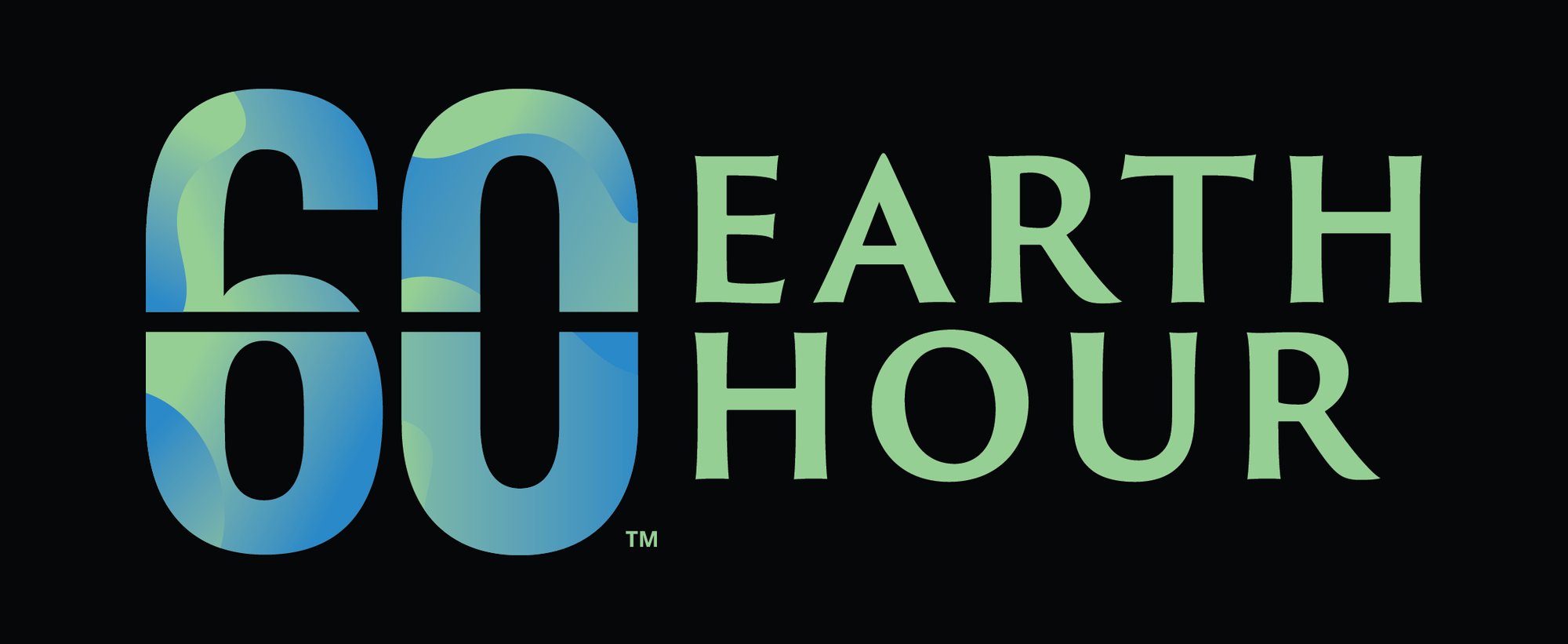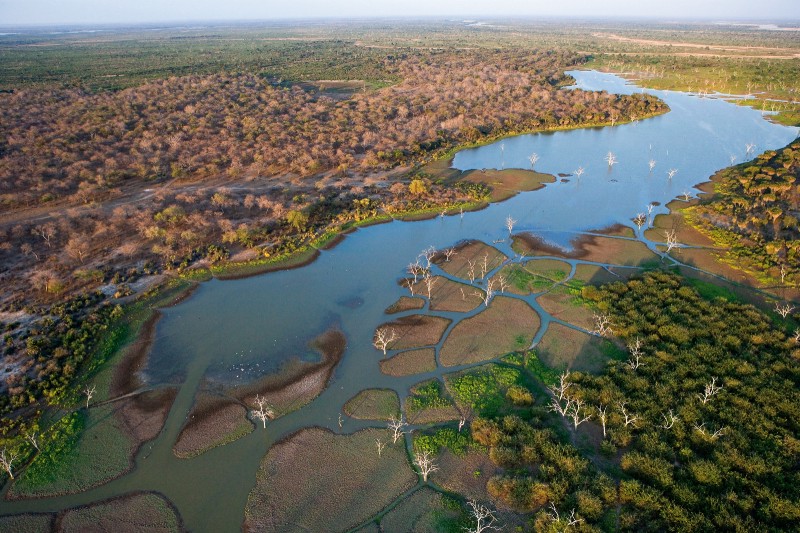
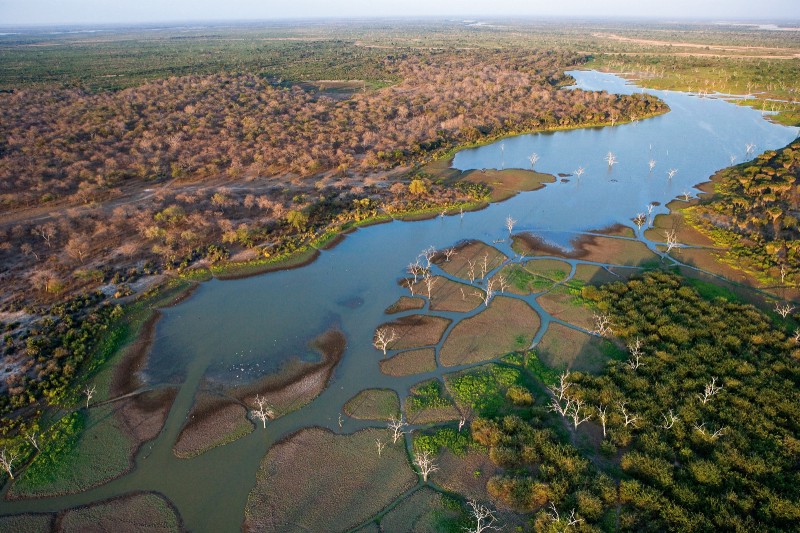
Today is the International Day of Biological Diversity. We think it’s a day that matters a lot ‒ but do you?
If your answer is “no”, “why does this matter to me?” or even “what does biological diversity mean?” then please read on. If the answer is yes, then we’re delighted to hear it (but please keep reading too).
Biological diversity (fortunately, you can shorten it slightly to biodiversity) is a technical way of describing all the amazing natural places and species on our one planet. And today is about encouraging all of us to appreciate biodiversity’s incredible amazingness and discover how we can help to keep it thriving because biodiversity is our planet’s first line of defense against climate change.
Yes, it’s not just about ‘beauty’. Biodiversity does lots of important things to keep us alive ‒ things like clean water, food, air and a stable climate and if we want to change climate change, then biodiversity has a massive role to play.
Discover fantastic biodiversity
Our friends at the UN, who came up with the idea of having a Biodiversity day every year, decided to focus 2017 on the importance of sustainable tourism in maintaining biodiversity. So here’s a virtual tourist trip to help you discover some of the world’s most incredible biodiversity hotspots, also recognized as UNESCO World Heritage sites.
Nepal
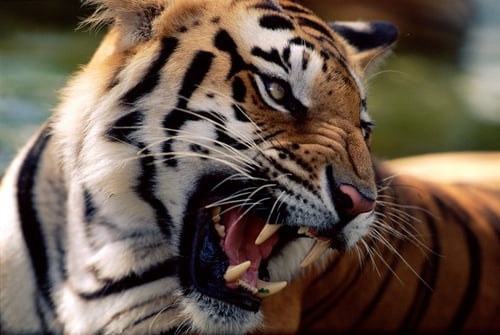
First we travel to the Himalayas and visit Chitwan National Park, the first to be established in Nepal. Best known for its majestic inhabitants like the Bengal tiger, the greater one horned rhino and the Asian elephant, the park also has lots of other species such as the rusty spotted cat, jungle cat, leopard and leopard cat, sloths, bears, as well as antelopes and deer.
In Chitwan, income raised through tourism has been invested in public projects, including schools, roads, sustainable dams and health facilities, helping build local communities’ resilience against socio-economic and environmental challenges such as climate change.
Tanzania
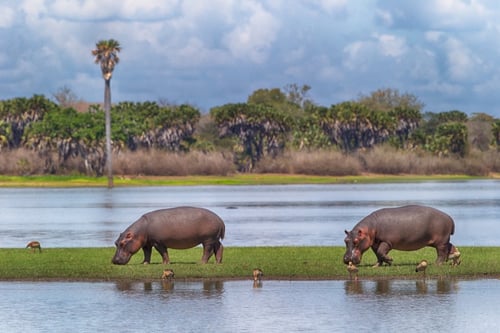
From Asia, we travel to Selous, one of Africa’s oldest reserves and Tanzania’s largest protected area. Selous is home to wildlife including African elephant, black rhinoceros, hippopotamus, giraffe, cheetah and 12 per cent of all endangered African wild dogs. Sadly, it was placed on the List of World Heritage in Danger in 2014 due to rampant poaching.
Belize
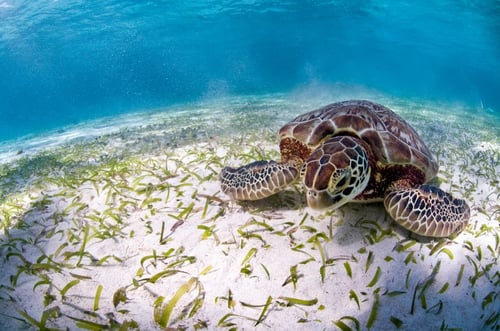
From the jungles we head to the Belize Barrier Reef Reserve System where sea turtles glide through the water and colourful corals dot the ocean floor. The reef’s beauty is breathtaking but unfortunately, there is talk to develop oil offshore. We believe protecting the reef can be good for nature and people too. Currently, coastal and marine activities are responsible for 60 per cent of Belize’s tourism revenues - imagine the impact sustainable tourism could have on lives and marine life! Inversely, if we don’t take urgent climate action today, the reef in Belize, like others around the world, could be in serious trouble due to ocean acidification and coral bleaching.
Philippines
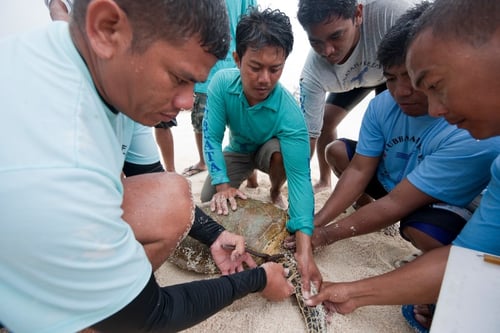
And finally, let’s head back to Asia for some good news. Tubbataha Reefs Natural Park in the Philippines is often considered to be the best dive spot in the country. It’s home to around 600 species of tropical fish, 360 species of corals, several species of sharks, whales and dolphins and a nesting population of endangered hawksbill and green sea turtles. Sustainable management of the Tubbataha Reefs has not only led to increased fish stocks but also a five-fold increase in incomes among the local Cagayancillo community.
Help save our biodiversity
With collective action, maintaining biodiversity can not only help preserve life but change climate change – and lives - too. We hope this quick read gives you a good idea about the progress we’re making and the challenges we still face, as the impacts of climate change accelerate like never before.
Join WWF in fighting to protect our biodiversity. Visit https://makeyourmark.panda.org/ to take action and spread the word.
This blog can be found in its original version on WWF’s blog on Medium.
